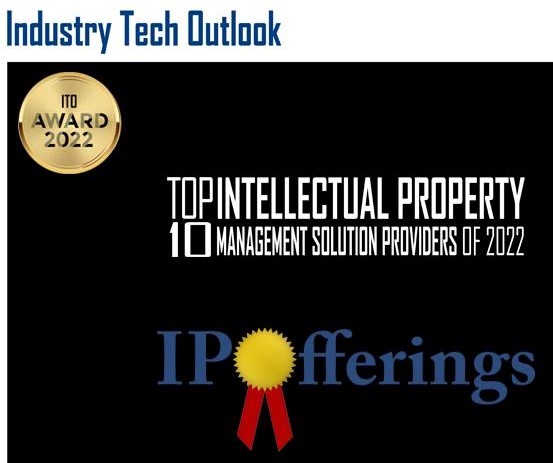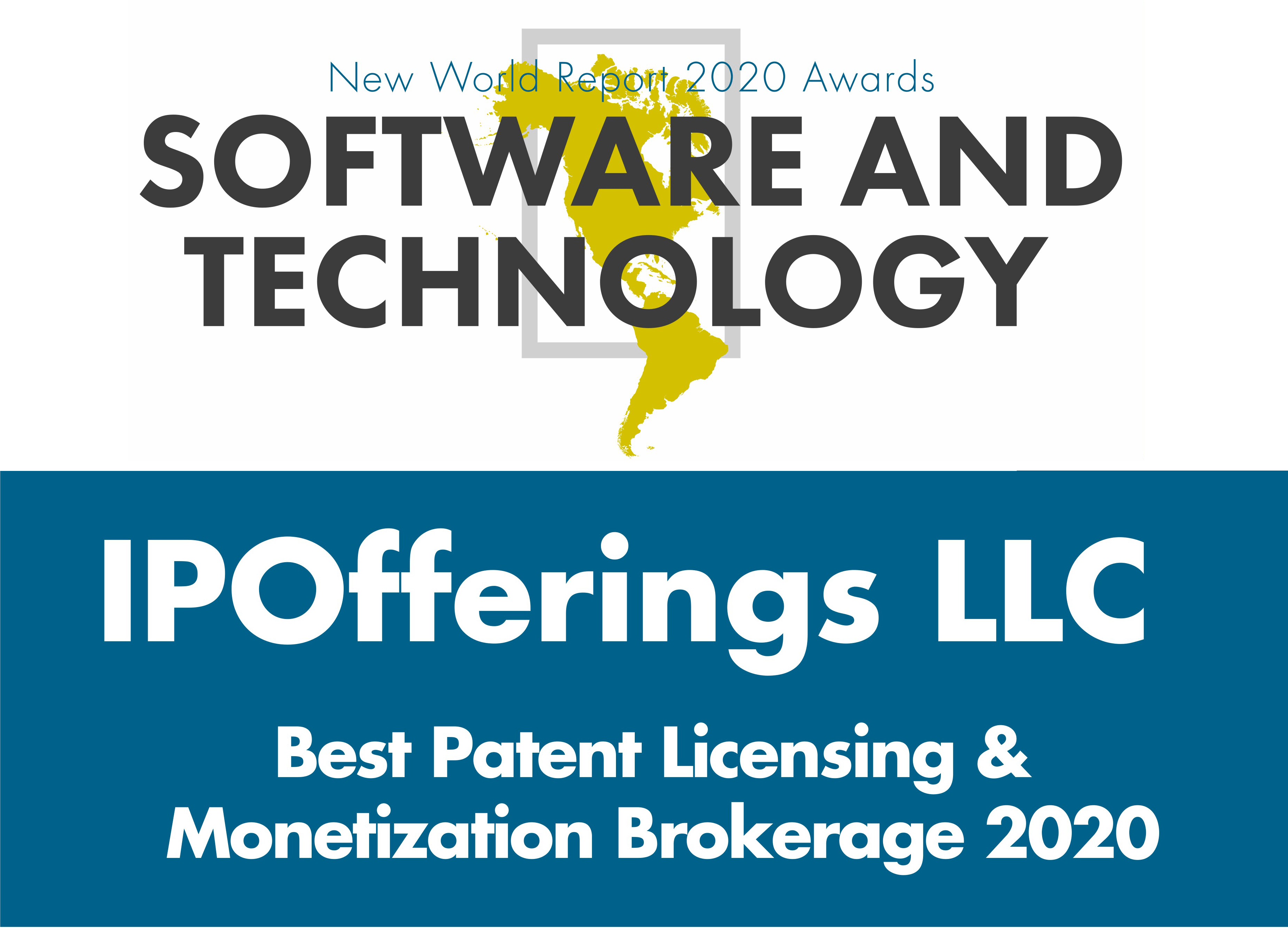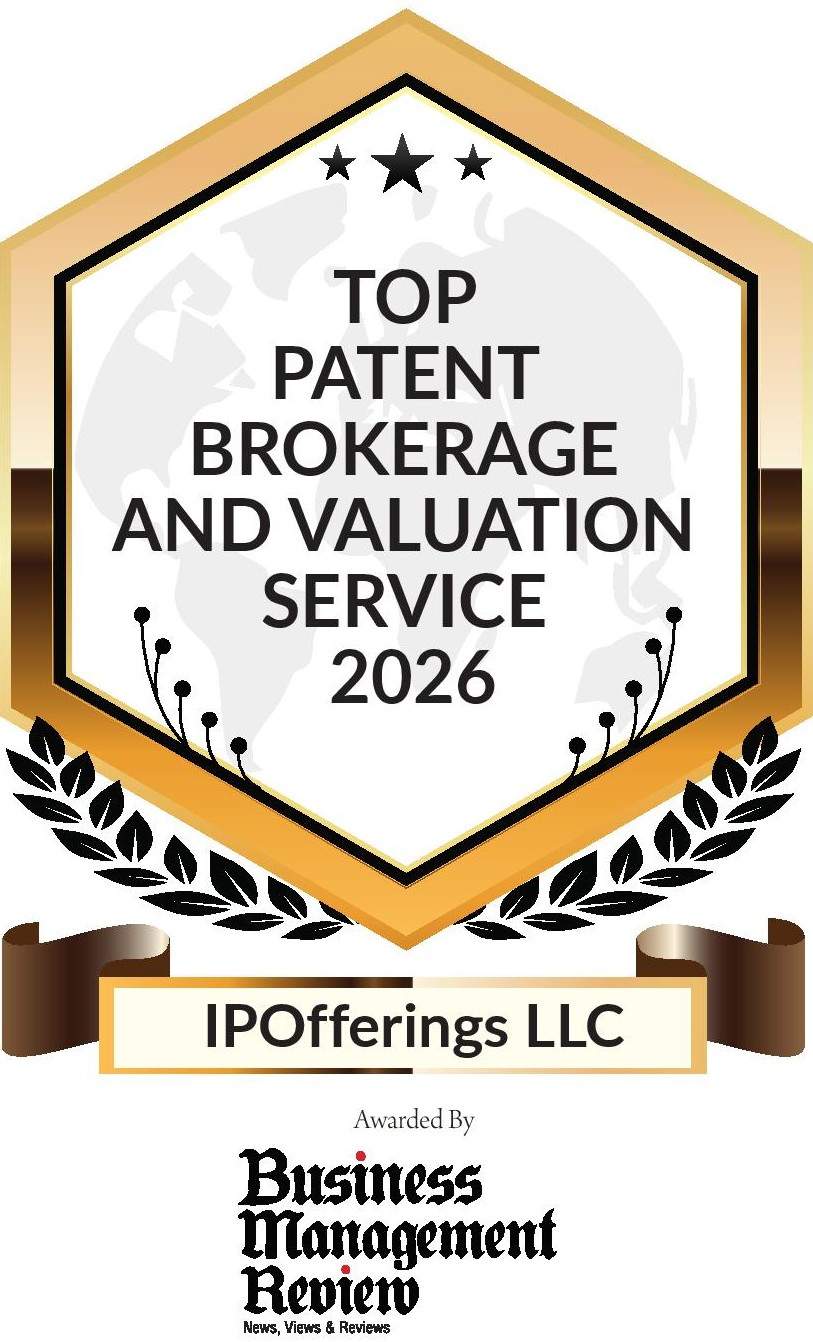Patent Marketplace: IoT (Internet of Things) Patents for Sale
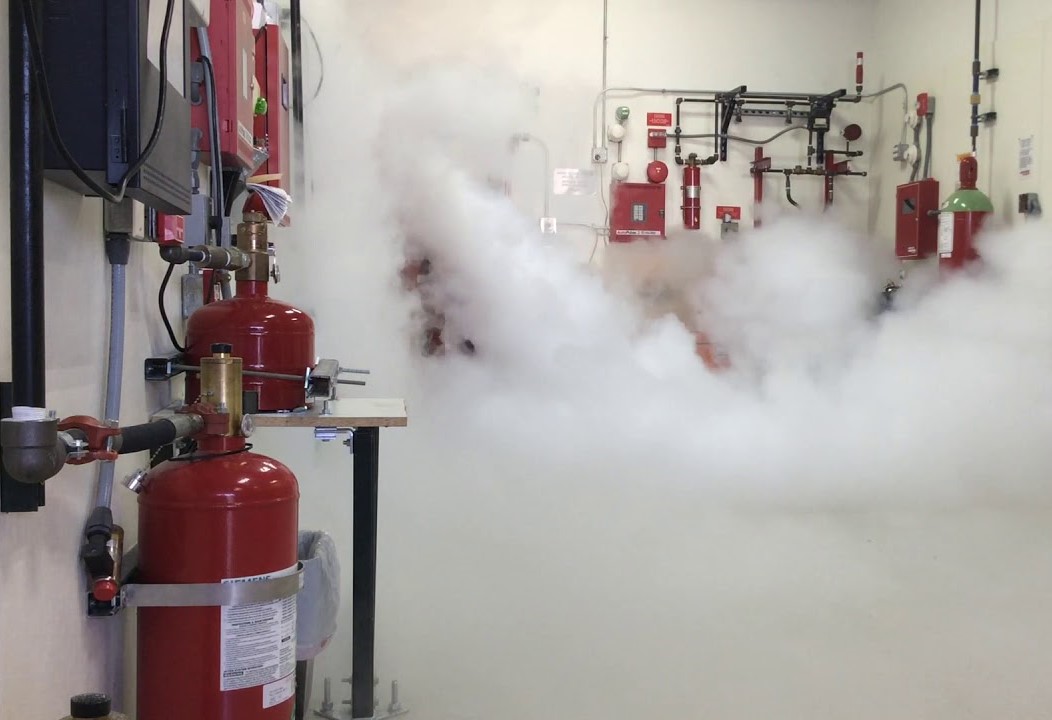 Early Warning and Reaction Fire Suppression (Lee): International Patent Portfolio
Early Warning and Reaction Fire Suppression (Lee): International Patent Portfolio
There were 1,535,500 fires in the U.S. in 2021 according to the U.S. Fire Administration. Tragically, 64 firefighters and 1,305 civilians died in those fires. Smoke detectors and sprinkler systems have reduced the number of fires as well as deaths and injuries from fires, but the current losses of property and life are just too high. This portfolio takes fire detection and suppression to the next level.
Using the latest Internet-of-Things (IoT) technology and concepts, this international portfolio goes beyond simply detecting smoke – as the current technology does. It uses sensors to measure conditions that might indicate the early stages of some type of fire, such as an increase in temperature in the building. The system immediately notifies the home owner or building manager that a condition that may indicate the early stages of a fire exists via hard-wired or wireless technology, reporting on the data from all sensors throughout the building. The recipient can make a decision as to what action to take. The system can be programmed to set off fire suppression equipment – such as sprinklers – automatically or it can be the decision of the home owner or building manager to activate or de-activate them. When the condition that initially indicated a fire returns to normal, the home owner or building manager is notified and the system reacts as programmed.
Patent Portfolio
- U.S. Patent Application 20230191175: Fire suppression system
- European Patent Application 4162985: Fire suppression system
- China Patent Application 116033944: Fire extinguishing system
- PCT Patent Application 2021246596: Fire suppression system
This portfolio will enable any manufacturer of fire detection equipment to take the systems it offers to the next level of performance – dramatically reducing property damage and saving lives.
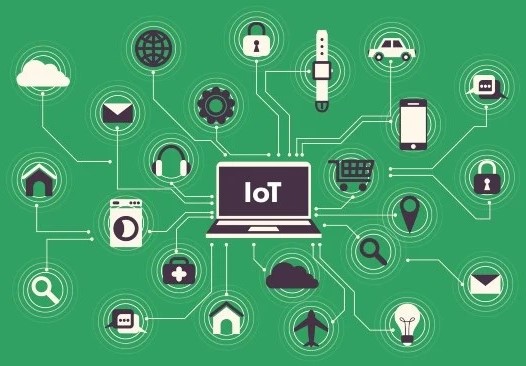 Mobile-to-Electronic Device Communication (Brain Base): U.S. Patent No. 10,560,980
Mobile-to-Electronic Device Communication (Brain Base): U.S. Patent No. 10,560,980
We like to think of ourselves as being “connected.” Our smart phone connects us to our friends by voice and text, to the Internet via WiFi, and to stores, the bank, and other places via an app. We are fully plugged in. Well, not really. Is your smartphone connected to your headphones? Does your PC connect to your Bluetooth speakers? Is your tablet able to connect to Alexa or Siri?
This patent completes the final missing link that would totally connect all of us to each other and all of our IOS® or Android™ and Windows® and Bluetooth® hardware and accessories. It enables any mobile device – smartphone, tablet, PC, laptop, personal digital assistant (PDA), or smart watch – to communicate with any electronic device – headphones, earphones, speakers, smart beacons, your car, household appliances, your smart mail box, and many gadgets and apparatus. It enables multiple connections between and among devices, it can be configured for automatic switching on and off and among devices, and it has wireless audio applications.
U.S. Patent No. 10,560,980 for a “Method for controlling wireless communication between a mobile device and an electronic device” would permit any Internet-of-Things vendor or smart phone, PC, laptop, tablet, or PDA manufacturer to have its products finally be truly “connected.”
IOS is a registered trademark of Cisco, Inc.
Android is trademark of Google LLC.
Windows is a registered trademark of Microsoft Corporation.
Bluetooth is a registered trademark of Bluetooth SIG.
 Passive Worker Fall Detection (Grammer): Two U.S. Patents
Passive Worker Fall Detection (Grammer): Two U.S. Patents
There are many occupations in which workers face serious injury or death from a fall – the construction trades, firefighters, EMTs, utility workers (“line men”), window washers, fishermen, miners, loggers, and many others. Should a worker have a serious fall, it is critical that his or her employer is notified immediately so assistance can be dispatched. It is especially important if the worker is unconscious or otherwise not able to reach out for assistance.
This portfolio creates a wearable device that uses an accelerometer or similar device that determines the magnitude of a shock to discern if the worker has actually fallen – and did not just jump off the back of a truck, for example. The accelerometer, transmission component, and a microprocessor coupled to each device is woven between two layers of fabric by conductive thread so it can be incorporated into the worker’s clothing, does not have to attached (and could, therefore, become dis-attached, forgotten, or misplaced), and will not interfere with the worker’s work activities.
This portfolio consists of U.S. Patent Nos. 10,916,115 and 11,348,433 for a “Wearable device adapted for fall detection and transmission of automated notifications for emergency assistance.” This portfolio creates the opportunity for any manufacturer of work clothing or worker safety products to create and own a new market segment!
 Smart Traffic Light Network (Cooper): U.S. Patent No. 11,164,453 and Continuation
Smart Traffic Light Network (Cooper): U.S. Patent No. 11,164,453 and Continuation
One of the few benefits of the recent pandemic was less traffic on roads and city streets. But now that the pandemic is over, the streets are again crowded and slow traffic and traffic jams are an unpleasant reality. Some cities have traffic lights that are timed so if a driver is driving at a certain speed, and he or she catches one green light, and he maintains that speed, he will catch a series of green lights – until traffic builds up and he is out of sync and catching every red light. In addition to the inconvenience and the wear and tear on the vehicles, imagine all the gas that is being burned by those vehicles while they sit idling and idling and idling at red lights. And all the hydrocarbons that are pumped into the air!
This patent family addresses the urban traffic challenge head on. Using cameras, radar, and sensors – and applying real-time data to historic traffic volume – this technology controls the traffic lights by keeping as many signals green for as long as is practical to keep traffic moving based on the traffic flow. Each traffic light has its own controller that communicates with the other traffic light controllers to create a smart network of traffic lights.
U.S. Patent No. 11,164,453 and U.S. Patent Application 20220068128 for a “Traffic signal control system and application therefor” would enable any manufacturer of traffic signals to take its product line to the new level of performance and offer a truly next-generation of smart traffic signals that are affordable enough for any municipality.
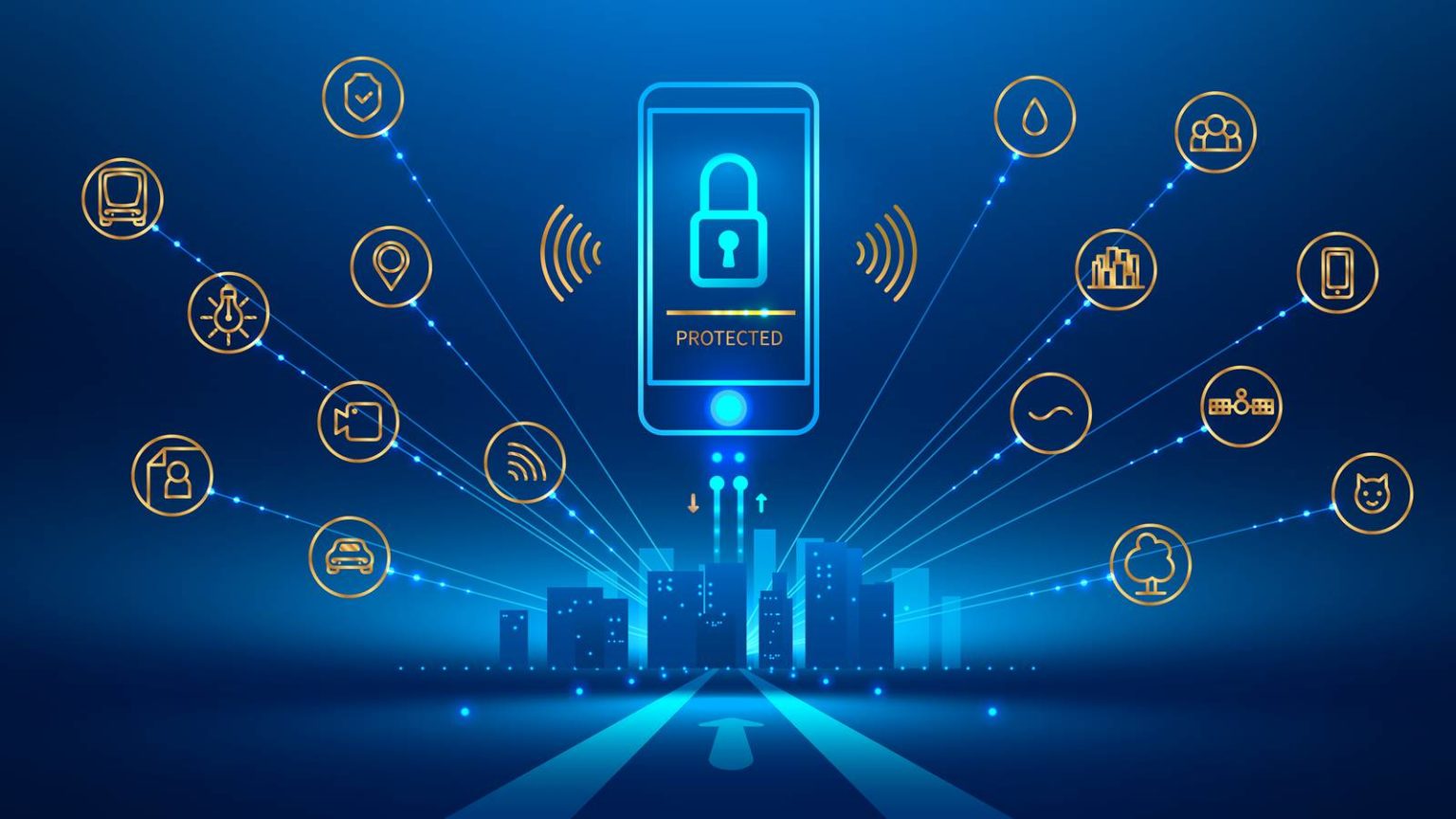 Decentralized Security for IoT Networks (Iann): European Patent 3406051
Decentralized Security for IoT Networks (Iann): European Patent 3406051
A critical security building block in IoT systems is represented by the Public Key Infrastructure (PKI) which relies on Certificate Authorities (CAs). Even a single point of failure in a PKI may affect entire IoT systems, and as the number of IoT devices grows, security risks increase proportionately. Additionally, it is increasingly difficult for operators of IoT devices to manage CAs for their IoT networks since there are no standard protocols for retrieving, installing, and updating certificates. IoT device manufacturers often must install CAs devices on behalf of the device owners, and that creates the risk that private keys of the devices are accidentally leaked by the manufacturers.
The invention covered by this patent eliminates this risk by shifting the responsibility to the end user of the IoT network who can now define the rotation of identities for his or her devices. Since the home gateway is part of the same area network of the user’s household, and root CAs are only generated on the device – and never leave the device – it renders standard PKI mechanisms obsolete. By shifting to a decentral authority, the key is not managed by a central root CA but by local root CAs generated by each household. This completely decentralized security architecture dramatically improves security and simplifies the rotation of keys.
European Patent 3406051 for a “Method for generating a pair of terminal associated keys using a terminal and a gateway, a method for secure date exchange using the method, a terminal and a gateway” provides patent protection in Germany, France, Switzerland, and Austria, and would be a critical acquisition for any supplier of Internet-of-Things networks, IoT network components, or IoT security products.
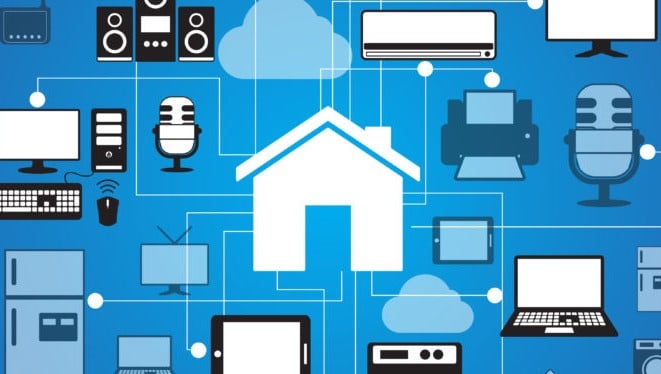 Advanced Connectivity for Devices and Appliances (ADB): International Patent Portfolio
Advanced Connectivity for Devices and Appliances (ADB): International Patent Portfolio
A critical element in the Smart Home, Smart Office, Smart City, Smart Car, Smart Retail business segment is the ability to connect devices and appliances that cannot natively communicate via the Internet because they do not have IP-connection capability. This includes such devices as sensors and actuators as well as appliances such as refrigerators, washing machines, dryers, dishwashers, and HVAC systems and components. Also included in this need-to-be connected network are consumer electronics products such as televisions, radios, and sound systems.
This international portfolio takes Internet-of-Things (IoT) connectivity to the next level by enabling multiple devices and appliances to be linked together in a comprehensive and manageable network. A user can both gather data from these devices and appliances as well as remotely control them – turn them on, turn them off, and regulate their operation. The latest European Patent Application includes voice control of devices and appliances.
Patent Portfolio
- European Patent 3252997: An IoT-enabled device
- European Patent 3331197: A method and system for monitoring a connection status of a device
- Chinese Patent Application 108259262: A method and system for monitoring a connection status of a device
- U.S. Patent Application 20190197022: Method for controlling activity indicators of an electronic appliance
- European Patent 3506102: A method for controlling activity indicators of an electronic appliance
- European Patent Application 17183901: A system and method for control of appliances by voice
This portfolio would be a strategic acquisition for any appliance or device manufacturer that is serious about making its products IoT-compatible or for any current supplier of IoT systems looking to advance its technology to the next level. And since most of the properties in this portfolio are still in the application stage, the acquirer of this portfolio can modify these applications – or file continuation applications – and fine tune the granted patents to the precise technology and product development plans of the acquirer.
 More Energy-Efficient Sensor Network (ADB): U.S. Patent No. 10,042,331
More Energy-Efficient Sensor Network (ADB): U.S. Patent No. 10,042,331
Security cameras, motion detectors and other surveillance devices are everywhere. Businesses, banks, schools, government agencies and other organizations have networks of sensors of one kind or another that detect and record activities – from people coming and going to temperature and smoke. These devices act to improve safety, prevent crime, and identify criminals and intruders. But having all of these sensors running 24/7 can get expensive. Isn’t there a way to shut them off when not needed to save energy costs and prolong the lives of the devices?
This patent covers a solution to that need. It creates a network in which one sensor notifies a second sensor of activity. For example, rather than keep all security cameras up and running and using power 24/7, some can be shut down, leaving just a few at critical locations running. When one critical camera records activity, it informs the camera covering the adjacent field. That camera – if it also sees activity – informs the camera cover the next adjacent field of view. And so on and so on, until all areas in which there is activity are being videotaped and monitored. Besides cameras, any type of sensors – heat sensors, smoke/CO/gas detectors, light sensors, motion detectors, pressure gauges and proximity sensors – can be linked up similarly so just a few are required to run 24/7 and the rest click on only when needed.
U.S. Patent No. 10,042,331 for “A sensor network and method for detecting an event in a sensor network” would enable any manufacturer of any kind of security cameras and sensors to create a smarter, more energy-efficient sensor network.
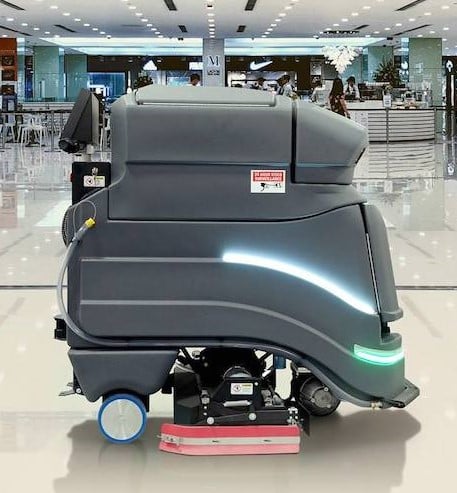 Smarter Autonomous Cleaning Devices (ADB): International Patent Portfolio
Smarter Autonomous Cleaning Devices (ADB): International Patent Portfolio
Autonomous devices that clean and treat surfaces – vacuum cleaners, mopping devices, polishers and lawn mowers are just a few – are becoming more and more popular. As these devices move across the surface they are cleaning or treating, determining the most energy-efficient path for the device is a key element in reducing operating costs. The devices also need to completely cover the surface they are treating if they are to complete the tasks they were employed to perform. Finally, these devices need to access hard-to-reach areas in corners and behind doors. This comprehensive, international patent portfolio addresses all of these needs.
Using a cellular network – similar to what cellular telephones use, but on a much larger basis – the first patent family guides the autonomous device from cell to cell, tracking what cells were covered and which were not – to ensure complete and efficient coverage of the surface area. The second patent family uses a sensor to scan the area to be treated, identifying areas that are blocked, for example, by an open door, and making sure they are covered. The third patent family creates an autonomous device with a movable assembly that is attached to the chassis to access corners and other out-of-the-way areas.
This portfolio consists of two U.S. Patents and one U.S. Patent Application, one European Patent and one European Patent Application, and a Chinese Patent Application.
- U.S. Patent No. 10,037,027: System and method for determining an energy-efficient path of an autonomous device
- European Patent 3264212: System and method for determining an energy-efficient path of an autonomous device
- U.S. Patent No. 10,335,003: System and method for an autonomous cleaning apparatus
- European Patent Application 16161810: System and method for an autonomous cleaning apparatus
- U.S. Patent Application 10,788,838: A surface processing device and a method for processing surface areas
- European Patent Application: 16204026: A surface processing device and a method for processing surface areas
- Chinese Patent Application 108227700: Surface processing equipment and the method for handling surface region
This portfolio would be a strategic acquisition for any manufacturer of autonomous cleaning or surface-processing equipment, or a manufacturer looking to enter that growing business segment with a distinct technological advantage over the competition.
 Tap, Tap, Tap to Control Smart Devices while Driving (Karuza): U.S. Patent No, 9,966,951
Tap, Tap, Tap to Control Smart Devices while Driving (Karuza): U.S. Patent No, 9,966,951
All of the sophisticated electronics and sensors that an automobile driver has to deal with can be overwhelming. And distracting. For example, 20 states have banned the use of cell phones while driving. A key objective in driver safety is reducing driver distraction, and this invention addresses that need head on!
This patent creates a device that communicates with all of an automobile’s sensors and services, as well as any items brought into the car by the driver, such as a smartphone. Rather than search to find the On/Off for a sensor or application, or have to find the phone, the driver simply taps on the touch sensor. One tap for the smartphone. Two taps for the navigation system. Three taps for the back-up camera. The user/driver sets up the system with a set number of taps for each device or application. With less distraction than turning on the AC, the driver can quickly and easily access any device or sensor!
U.S. Patent No. 9,966,951 for a “System for allowing a user to wirelessly manage software applications of a computing device and plurality of vehicles sensors” would be a strategic acquisition for automobile company or supplier of aftermarket automotive electronics.
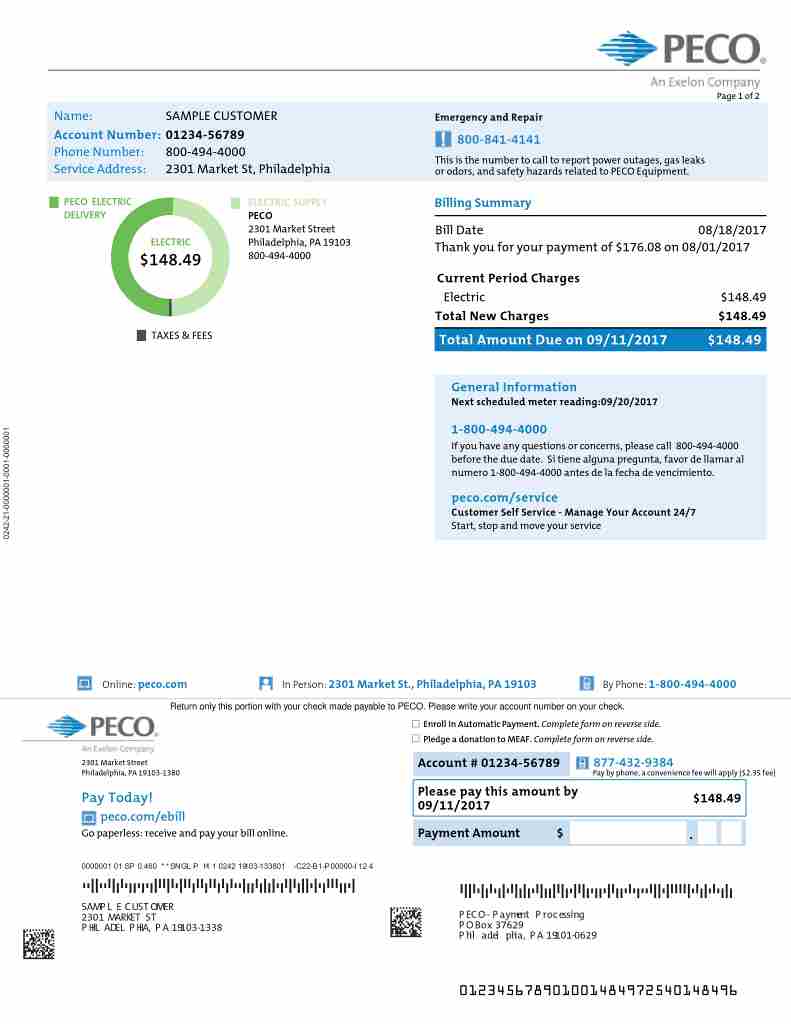 Reducing Electric Power Usage (Tan): U.S. Patent No. 9,190,844
Reducing Electric Power Usage (Tan): U.S. Patent No. 9,190,844
A building – residential, industrial or commercial – has numerous appliances that use electrical power at any time. There are systems that track and report electrical power usage, but the only way to effectively reduce electrical power usage is to first determine how much power each individual appliance is drawing – specifically how much power the heating and cooling equipment in the building is using since that is often the largest share.
This patent discloses the latest Nonintrusive Load Monitoring (NILM) technology. It disaggregates climate control (heating and cooling) energy usage from non-climate control energy (all the other appliances in the building) usage. It records building energy usage and corresponding outdoor temperatures for a time period, and it then computes changes in the outdoor temperature against a baseline. It uses regression analysis to determine a climate control coefficient and a non-climate control coefficient from the building’s energy usage and outside temperature changes. The climate control coefficient and the non-climate control coefficient can be used to determine energy use based on outside climate changes and energy use by non-climate control appliances and equipment in the building.
An electric meter captures the building’s composite load profile, while a detector coupled to the meter creates a load profile for each appliance. A clusterizer detects patterns in the load profile, and an analyzer that is coupled to the detector receives data from each appliance and disaggregates the building’s total energy usage into individual appliance or groups-of-appliances usage.
The intelligence generated by this patented system can be used to automatically control and, thereby, reduce heating and cooling costs. In commercial and industrial buildings, the data can be used to coach employees how to reduce use of certain appliances to save energy costs. Employee staffing and scheduling, and use of machinery and appliances, can be rescheduled to reduce electrical power consumption and take advantage of off-hours reduced electric rates.
U.S. Patent No. 9,190,844 for “Systems and methods for reducing energy usage” would be a key acquisition for any manufacturer or installer of HVAC equipment and systems, as well as providers of Smart Home and Smart Office configurations.
 Wireless Optical Smart Building Controls (Tran): Four U.S. Patents
Wireless Optical Smart Building Controls (Tran): Four U.S. Patents
Updating an older building to become a “Smart Building” can be challenging and expensive. Connecting together all the devices that create an Internet-of-Things environment can be a daunting task, and the older the building, the more of a challenge it is to bring the building up to current Smart Building standards. This portfolio addresses exactly that challenge: It creates a new generation of LED lighting fixtures that screw into conventional light bulb connector, but also provide broadband optical data communication!
The patent covers the use of a standardized electrical connector of a conventional light bulb or tube with one or more LEDs that are electrically, and in which the LEDs include a multiband-type ultra-wideband (UWB) transceiver with optical channels covering one or more OFDM bands. There is also a controller coupled to the LEDs that adjust LED light output and communicate with the optical network. The LEDs can include at least one optical transmitter and receiver optically coupled to an optical network with one mode to generate light and a second mode to receive optical transmissions using ambient light.
An LED-based light tube can be linked to a building environment regulator that provides high-speed data communication and regulates the environment in one or more rooms in the building. The LED-based light can include a tube that incorporates a light transmitting portion and a pair of electrical connectors attached to opposing ends of the tube that is compatible with a standard fluorescent light fixture. The LEDs can produce light that passes through the light-transmitting portion of the tube, and some of the LEDs can serve as light sensors to generate a signal when people enter a room so the system will know which rooms in the building are occupied and, therefore, need to be illuminated and be heated or cooled.
| Patent No. | Title |
| 8,547,036 | Solid state light system with broadband optical communication capability |
| 9,826,597 | Solid state light system with broadband optical communication capability |
| 9,192,030 | Solid state light system with broadband optical communication capability |
| 9,826,597 | Solid state light system with broadband optical communication capability |
By using existing light fixtures, this portfolio enables virtually any building – no matter how old its wiring system is – to be upgraded to a Smart Building. Just one benefit is all the disposed cabling that will NOT makes its way into landfills! The benefits of the technology covered by this portfolio are numerous:
- Faster, Cheaper Retrofitting: Floors, walls and ceilings do not need to be moved or invaded to install the communications required for a Smart Building and employees do not need to be inconvenienced, furlowed or relocated while a new wiring infrastructure is installed.
- Easier Reconfiguration: Wireless optical controls can easily be moved or reconfigured as employees are added or removed, or as tenants move in and move out of multi-use facilities, or as space is changed from one use to another such as in exhibit halls.
- Fewer Structural Restrictions: Concrete, marble and cinderblock buildings can now be wirelessly controlled using the existing lighting infrastructure. Buildings with atriums, high ceilings, historical features and other unique architectural elements can now be controlled wirelessly without the expense of adding new wiring or running the risk of or damaging unique architectural features.
- Ideal for Sensitive Environments: Facilities such as hospitals, nursing homes, museums, laboratories, clean rooms and data centers often house materials requiring very precise and stable air temperature and quality. These are ideal candidates for wireless optical control.
This portfolio would be a critical acquisition or licensing opportunity for any business in the Smart Building business segment and any lighting manufacturer seeking to enter this growing sector with a next-generation product line.
 Improved Pairing and Data Transfer between Electronic Devices (Chen): U.S. Patent No. 9,949,124
Improved Pairing and Data Transfer between Electronic Devices (Chen): U.S. Patent No. 9,949,124
One of the most demanding technical challenges in the IP sector is data transfer between to electronic devices - PCs, tablets, watches, computer processors and wireless units. No PC or telecommunications devices or systems can operate reliably or efficiently without data transfer because it is the base and prerequisite for all of the functions that must occur between devices. All designers and manufacturers of computing technology invest considerable time and resources developing faster and easier pairing methods with the goal of providing a better user experience.
U.S. Patent No. 9,949,124 for a "Method and device for authenticating wireless pairing and/or data transfer between two or more electronic devices" discloses an easier and faster-than-ever method for user-initiated OR non-user-initiated pairing of electronic devices based on motion input such as visual cues or motion captured by a camera. This patented invention provides a solution that can be broadly applied across different technologies. Applications for this technology include computer hardware and software, Internet-of-Things and Smart Homes, consumer electronics, mobile and wireless technologies, data transfer and networking, mobile payments, mobile gaming, and augmented reality and virtual reality. This patent would be an ideal acquisition for a large-scale technology company to improve the user experience for its customers, or for a smaller or start-up technology enterprise that is prepared to acquire new and better pairing technology that will give the company a distinct competitive edge!
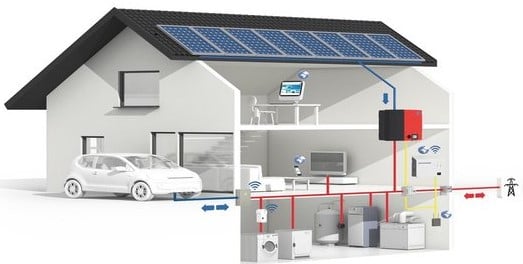 Smart Grid Home/Office Energy Management and Automation (Advanergy): Portfolio of Ten U.S. Patents
Smart Grid Home/Office Energy Management and Automation (Advanergy): Portfolio of Ten U.S. Patents
Key elements in the emerging Smart Home sector are the CEMA® (Certified Energy Management) systems that integrate the electrical, mechanical, process and building infrastructure in a home or office by determining the optimum solutions to reduce energy consumption in a cost-effective manner. This comprehensive portfolio covers an Internet Protocol-based solution that is secure, yet non-intrusive and inexpensive. It uses a global standard, is Plug-and-Play installable, and is compatible with all third-party technology including the latest electric utility "smart meters" and Zigbee systems.
| Patent No. | Title |
| 8,443,071 | Data server system and method |
| 8,478,450 | Power control system and method |
| 8,583,955 | Battery management system and method |
| 8,649,883 | Power distribution system and method |
| 8,666,560 | Power control system and method |
| 8,761,050 | Network integration system and method |
| 8,769,327 | Battery charger management system and method |
| 8,826,046 | Light fixture monitoring/control system and method |
| 9,335,750 | Light fixture adapter (LFA) security monitoring |
| 9,430,021 | Battery management system and method |
This portfolio covers:
- Full monitoring and control of all smart-enabled devices from any location via Internet access
- Smart Meter Control Panel that reports smart and non-smart energy usage
- Detailed consumption reporting by individual device
- Control of devices (turn off, turn on or schedule) on-site or remotely
- Customizable display options that enable users to have data reported in multiple formats
- Smart battery control that insures that rechargeable devices do not overheat so battery life is optimized
This portfolio covers a single, seamless and comprehensive platform for energy monitoring, sensor network security, and device-control battery-charging. It can broadcast messages, images or video across an internal network or via an encrypted Wi-Fi intranet. For any company in the Smart Home business, or a company seeking to enter this growing segment, this portfolio would be a critical and strategic acquisition!
CEM is a registered trademark of the Association of Energy Engineers.
For the Prospectus for any of these properties, contact IPOfferings at [email protected] or 845-337-6911.
Patent Brokerage Prospectus: Contact [email protected] to receive an analysis of each portfolio that includes:
- Executive Summary
- Patent Overview and History
- Technology and Investment Summary
- Market Research
- Company Analysis
- Illustrative Evidence of Use (if applicable)
We offer patents in these technologies:
- Agricultural
- Artificial Intelligence
- Automotive/Vehicular
- Aviation
- Banking/Financial Services
- Beverages/Foods/Nutritional Products
- Boat and Marine
- Cannabis and Medical Marijuana
- Construction/Building Trades
- Consumer Electronics
- Consumer Products
- Digital Currency/Cryptocurrency
- Drones/UAVs
- E-Cigarette & Vaping Technology
- E-Commerce
- Education & Training
- Energy/Power Generation
- Health and Beauty Products (HBP)
- Human Resources
- IoT Patents/Internet of Things
- Manufacturing
- Medical Electronics and Devices
- Mining/Drilling
- Mobile/Wireless
- Network/Location-Based Services
- Optics/Displays/Video/LED
- OTT Patents/Over-the-Top
- Packaging
- PCs and Notebooks
- Pharmaceuticals
- Robotics/Automation
- Semiconductor
- Shoe & Apparel
- Smart Home/Smart Office
- Social Media
- Software, Apps, and Architecture
- Sports/Sporting Goods
- Telecommunications/IP Telephony
- Warehousing/Material Handling
- Other
- Go to Patent Index
- Return to Patent MarketPlace

